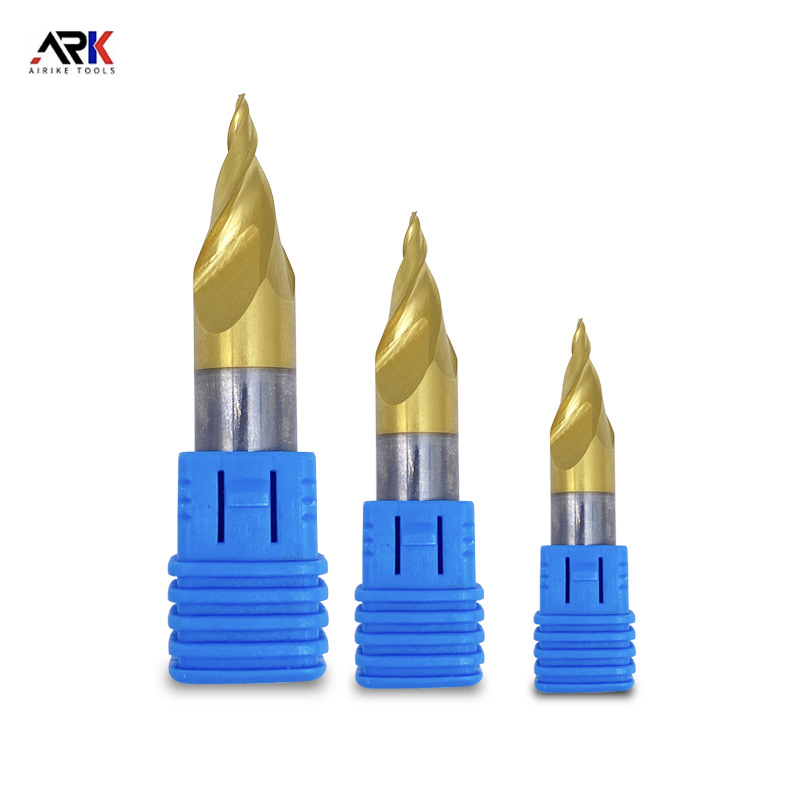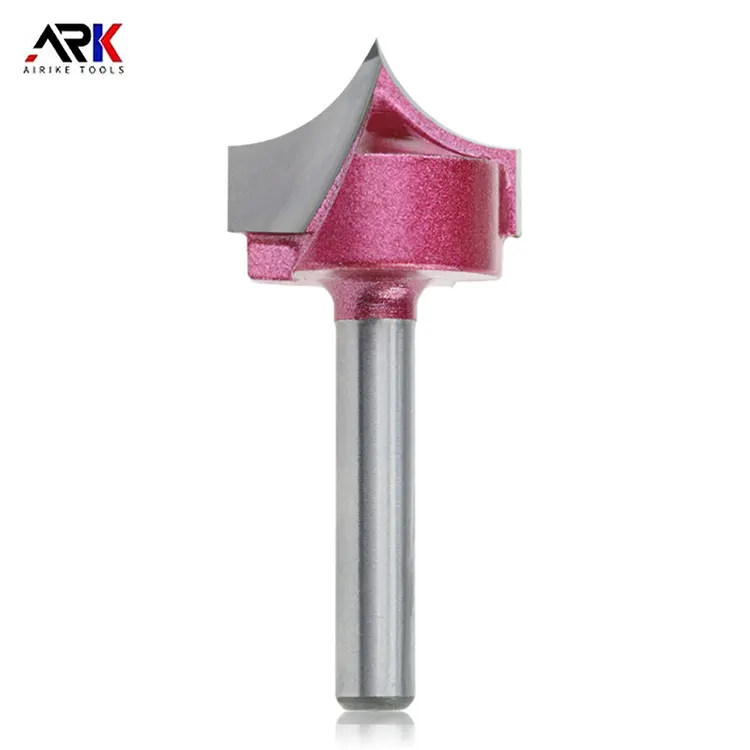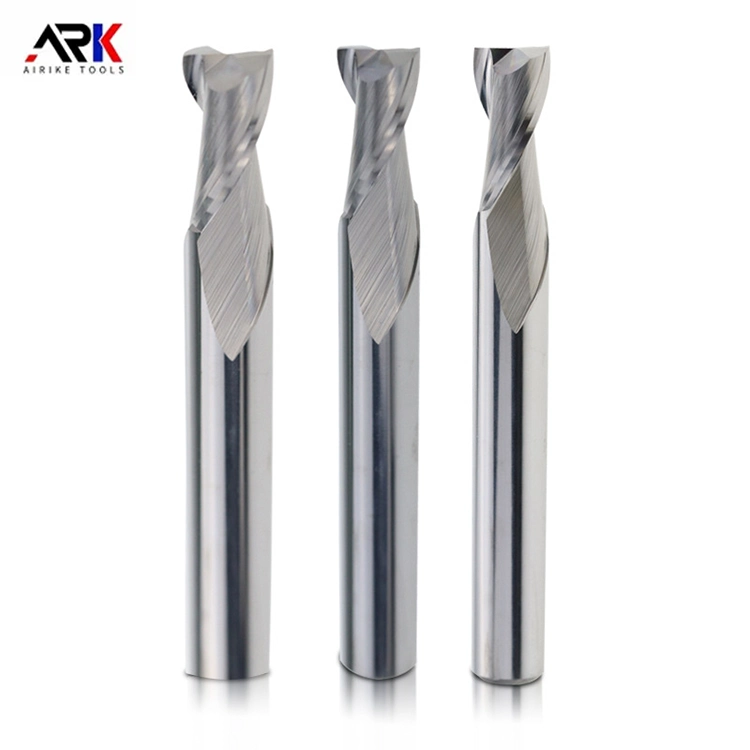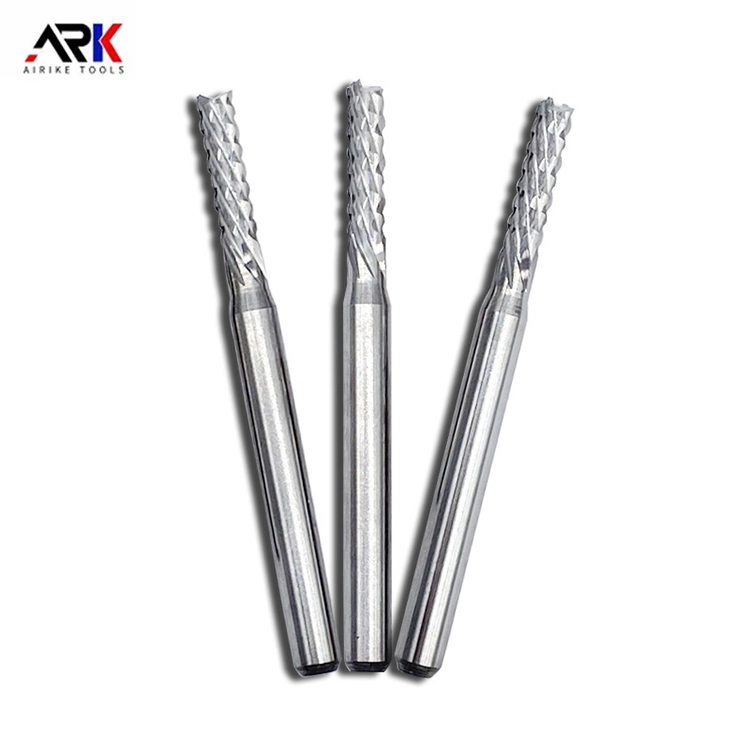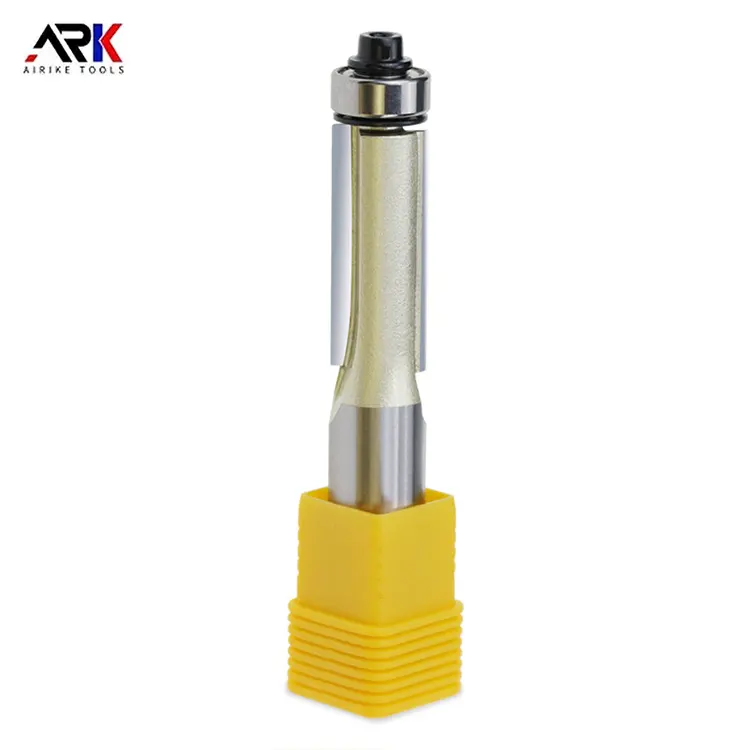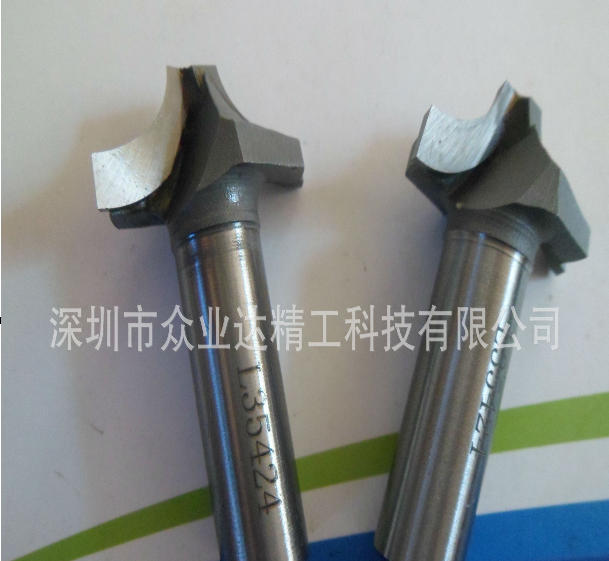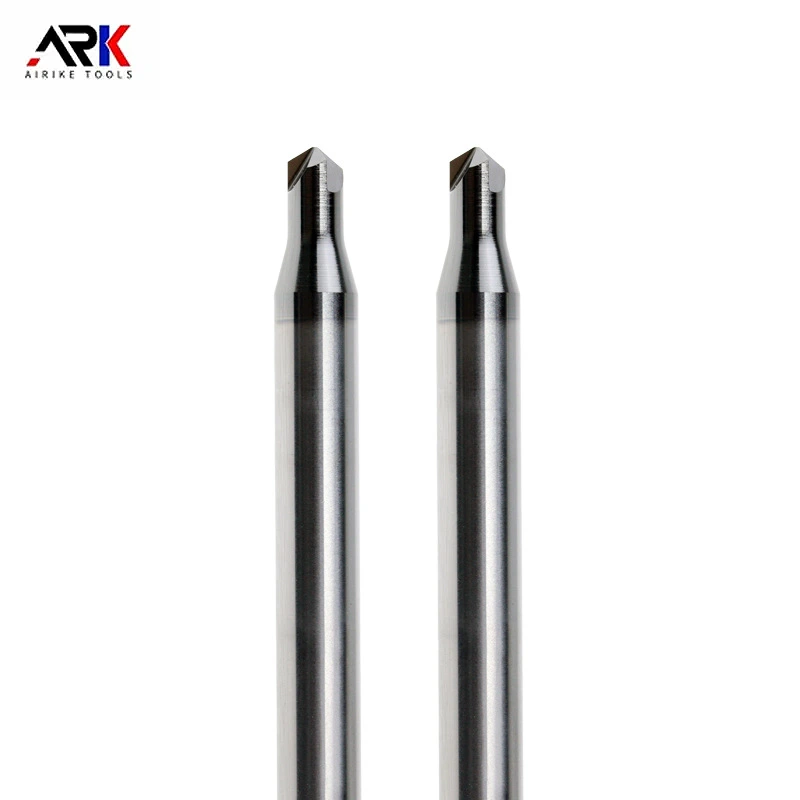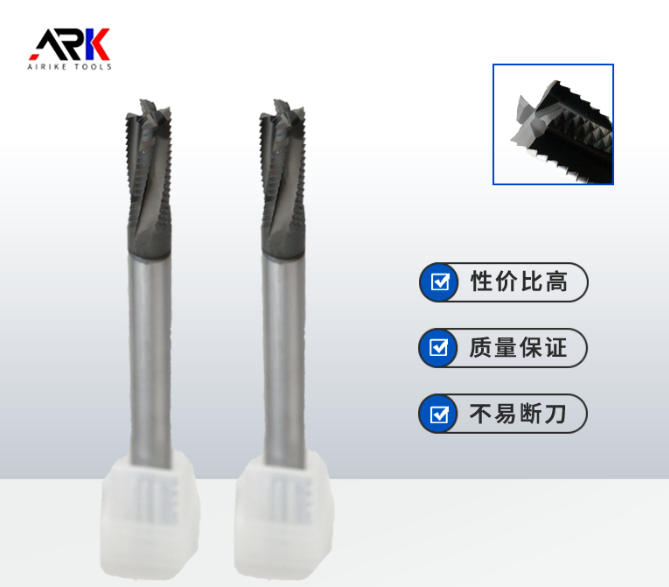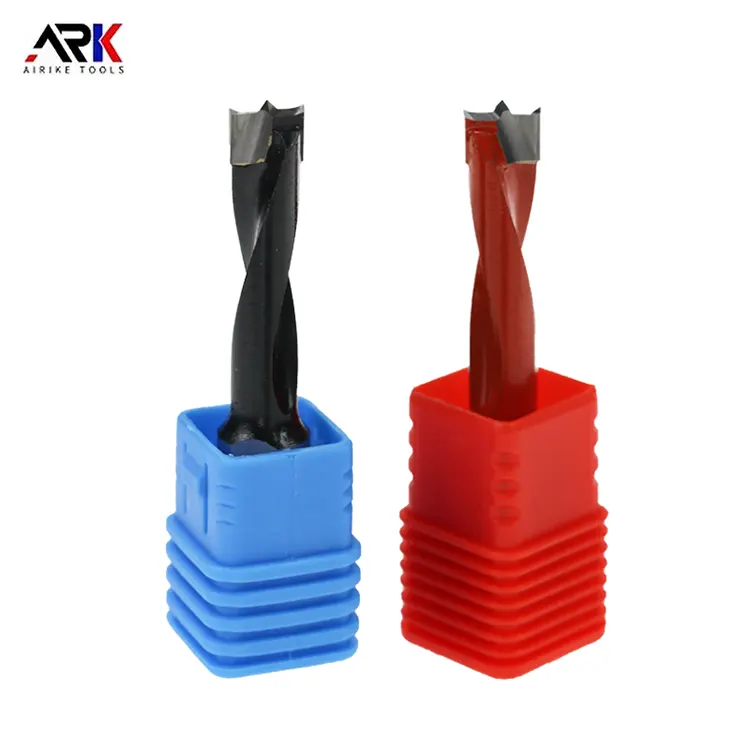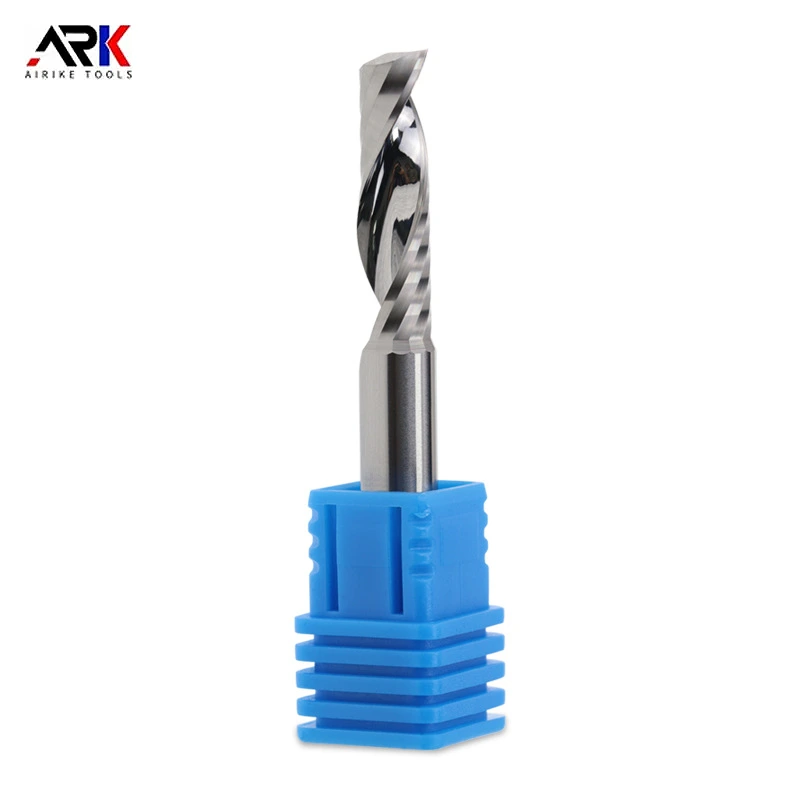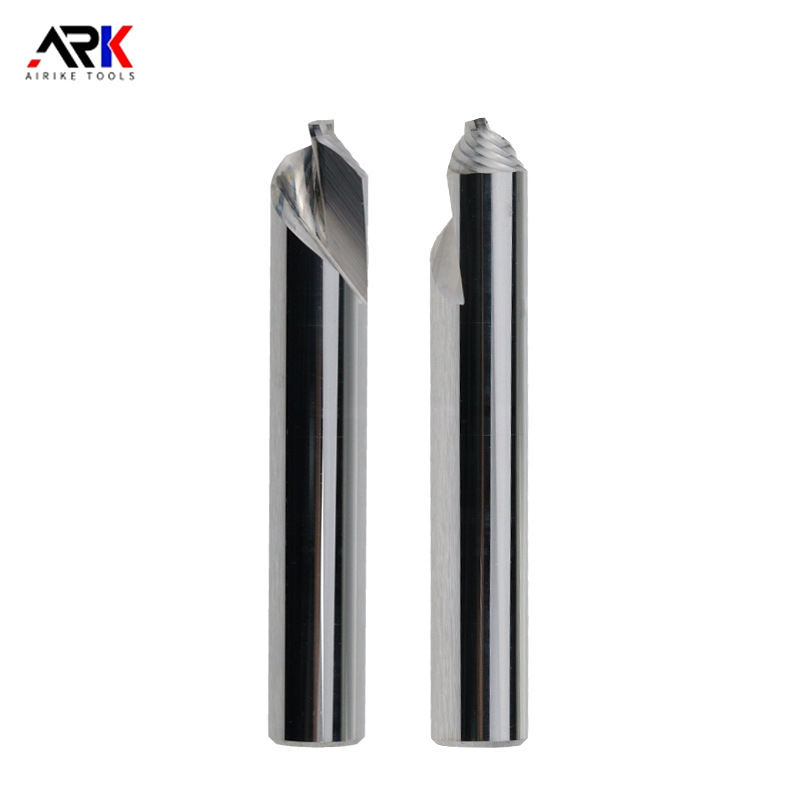Email Us
What is the difference between diamond milling cutters and tungsten steel milling cutters?
In the field of mechanical processing, milling cutters are key cutting tools whose performance directly affects processing efficiency and workpiece quality. Diamond milling cutters and tungsten steel milling cutters are two common types of milling cutters, which differ significantly in terms of material, hardness, scope of application, and processing effects. So, do you know the differences between the two? The following is an explanation from Zhongye Da.
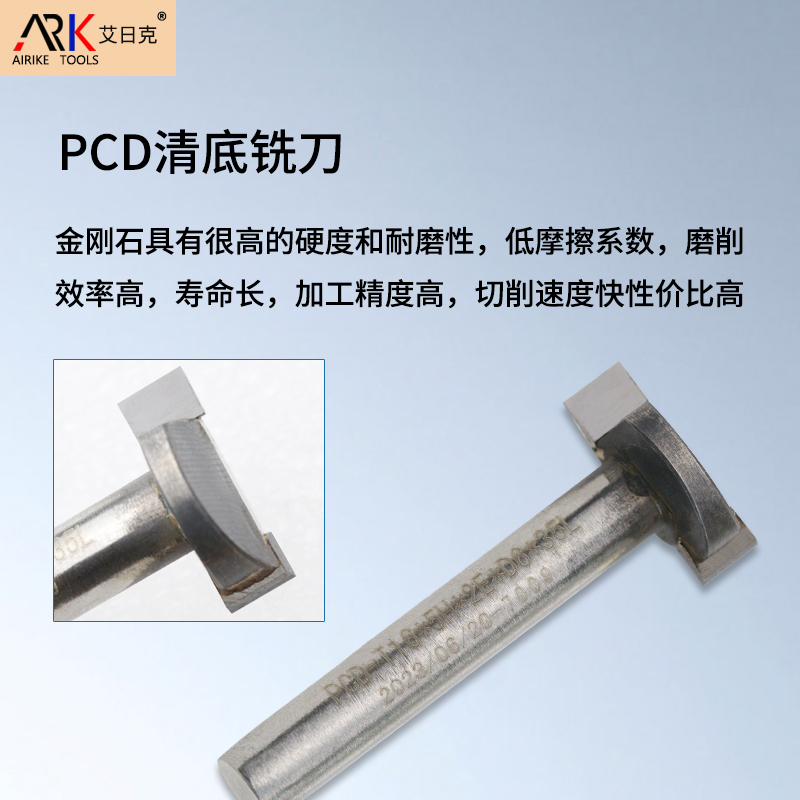
1. Material
Diamond milling cutter
Diamond is an allotropic form of carbon and is the hardest material found in nature. Diamond milling cutters are usually based on ultra-fine grain hard alloy, and the surface may use newly developed ultra-fine crystalline diamond coating technology, or diamond film synthesized on a heterogeneous substrate by chemical vapor deposition (CVD).
Tungsten steel milling cutter
Tungsten steel, also known as hard alloy, is made of metal carbide, tungsten carbide, titanium carbide, and a cobalt-based metal binder through a powder metallurgy process.
2. Performance characteristics
Diamond milling cutters have high hardness and wear resistance. When processing high-hardness materials, their service life is 10 to 100 times that of cemented carbide tools, and can even be several hundred times longer. The coefficient of friction with some non-ferrous metals is lower than that of other tools, and there is little deformation during processing, which can reduce the cutting force. Additionally, the cutting edge can be ground to an extremely sharp edge, with the radius of the cutting edge of natural single-crystal diamond tools reaching 0.002 μm, enabling ultra-thin cutting and ultra-precision machining. They have high thermal conductivity and thermal diffusivity, allowing cutting heat to dissipate easily, resulting in lower temperatures in the cutting section of the tool. The thermal expansion coefficient is several times smaller than that of cemented carbide, and the change in tool size caused by cutting heat is very small, making it suitable for precision and ultra-precision machining with high dimensional accuracy requirements.
In terms of hardness, tungsten steel milling cutters have a Vickers hardness of 10K, second only to diamonds, and are characterized by their wear resistance, brittleness, hardness, and resistance to annealing. In terms of coating performance, its high hardness and high oxidation temperature resistance are crucial to its high temperature and heat resistance, significantly improving the wear resistance of the tool. In terms of clamping performance, thermal expansion tool holders are currently widely used. With their strong clamping force and resistance to vibration, they are suitable for rough machining and can ensure stable machining with tungsten steel milling cutters that are prone to chipping.
3. Applicable processing materials
Diamond tools are primarily used for high-speed precision cutting and boring of non-ferrous metals and non-metallic materials. They are suitable for processing various wear-resistant non-metallic materials, such as fiberglass powder metallurgy blanks, ceramic materials, and various wear-resistant non-ferrous metals, such as various silicon-aluminum alloys; as well as finishing operations on non-ferrous metals. However, they are not suitable for machining black metals, as diamond easily reacts with iron atoms at high temperatures, causing carbon atoms to transform into a graphite structure, which can severely damage the tool.
Tungsten steel tools are primarily used in CNC machining centers and CNC engraving machines, and can also be mounted on conventional milling machines to process some hard but non-complex heat-treated materials, such as aluminum, steel, and stainless steel products.
4. Price and Cost
Natural diamond is expensive. Although polycrystalline diamond (PCD) has abundant raw material sources and its price is only a fraction of that of natural diamond, the overall cost remains relatively high. CVD diamond tools are currently limited in use due to the poor toughness of CVD materials, and their costs are also not low. Tungsten steel milling cutters are relatively affordable, have a high cost performance ratio, and are widely used in the market.
From the above introduction, we can see that diamond milling cutters and tungsten steel milling cutters are two important cutting tools, each with its own unique advantages and scope of application. Understanding these differences and making reasonable choices can not only improve processing efficiency, but also optimize costs, thereby achieving good processing results.
We hope that the discussion in this article will help you make a wise choice between diamond milling cutters and tungsten steel milling cutters to ensure the success of your processing tasks.
- Is a spiral or straight flute woodworking milling cutter better for edge trimming?
- Can diamond-tipped Engraving Machine Milling Cutters handle ultra-fine detail engraving?
- How to Improve the Processing Efficiency of Woodworking Milling Cutters?
- What is the welding process for Welded Milling Cutters?
- Did you use the milling cutter straight out of the box? How come it chipped in just half an hour?
- Acrylic Milling Cutter Not Spinning? Quick Troubleshooting Guide
Contact Us
Paibang Industrial Zone, Henggang Town, Longgang District, Shenzhen
Copyright © 2025 Shenzhen Zhongyeda Precision Technology Co., Ltd. All Rights Reserved.


